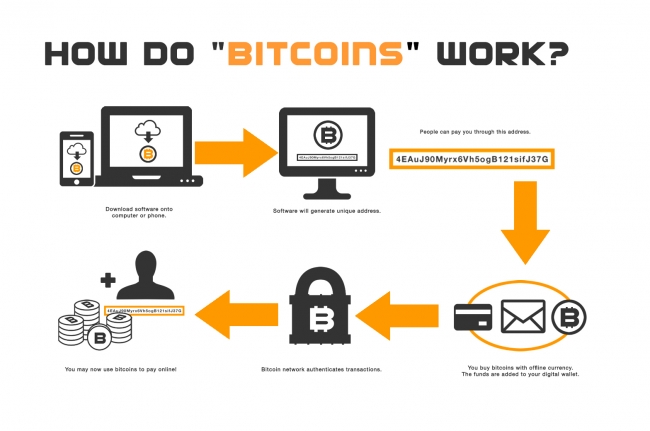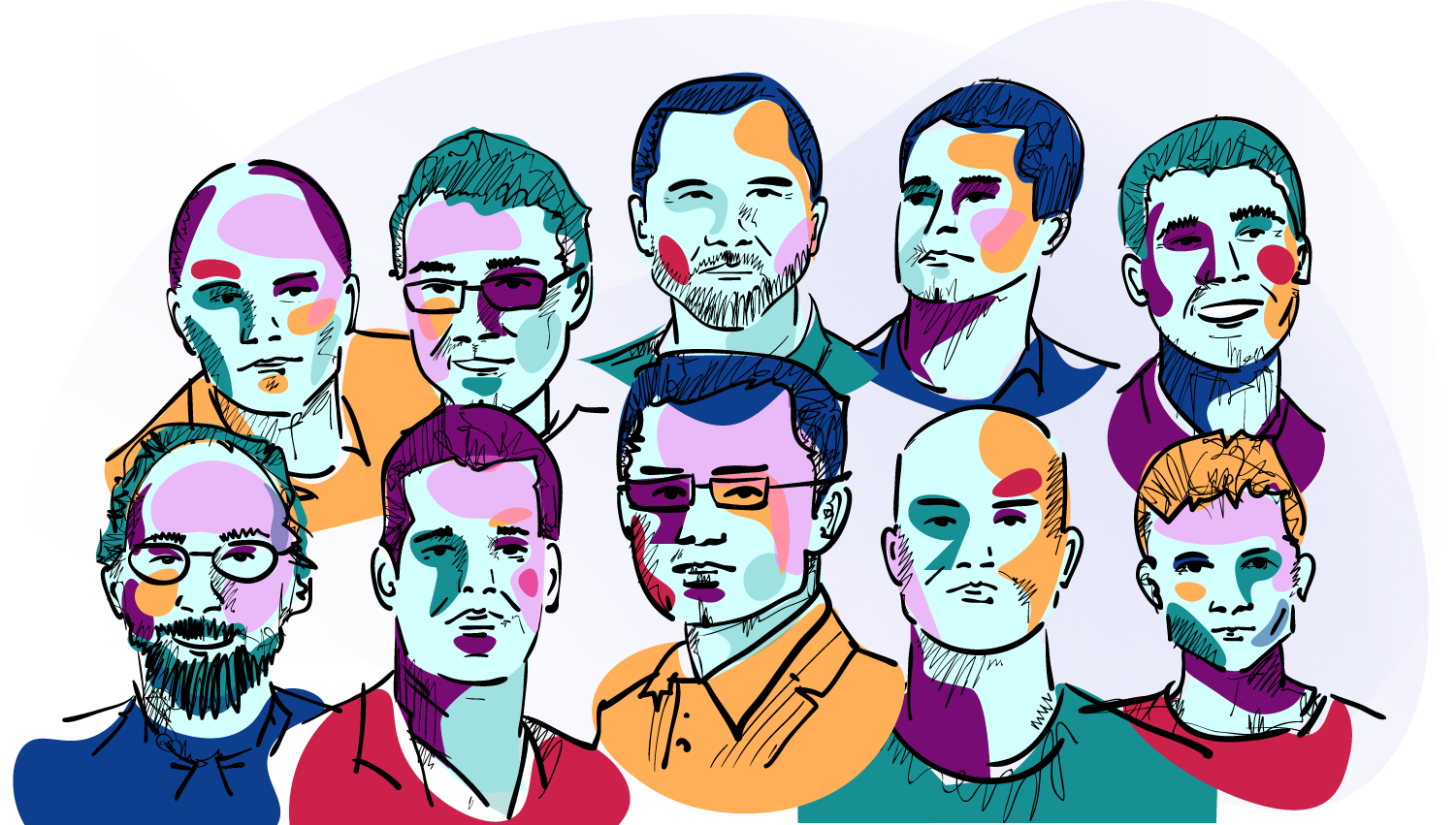Most Bitcoin articles get rushed up in the price movements of Bitcoin, and there’s a place for that. This article, instead, will focus on the technical and InfoSec aspects of Bitcoin, and will aim to provide an understanding of the Bitcoin network and protocol.
Bitcoin has been spoken of repeatedly in the news, nearly always on the topic of price movements and where it may go next. For more technical readers, the price movements aren’t always the most important point. You may have fundamental questions that remain unanswered by these news organizations. Questions like; “How many Bitcoins are there?”, “What is the Bitcoin network?”, and even “How can I participate?”
Firstly, what is the purpose of Bitcoin? Why does it exist? In the words of Satoshi Nakamoto, the anonymous inventor of Bitcoin:
“Commerce on the Internet has come to rely almost exclusively on financial institutions serving as trusted third parties to process electronic payments. While the system works well enough for most transactions, it still suffers from the inherent weaknesses of the trust based model. Completely non-reversible transactions are not really possible, since financial institutions cannot avoid mediating disputes. The cost of mediation increases transaction costs, limiting the minimum practical transaction size and cutting off the possibility for small casual transactions, and there is a broader cost in the loss of ability to make non-reversible payments for non-reversible services. With the possibility of reversal, the need for trust spreads. Merchants must be wary of their customers, hassling them for more information than they would otherwise need. A certain percentage of fraud is accepted as unavoidable. These costs and payment uncertainties can be avoided in person by using physical currency, but no mechanism exists to make payments over a communications channel without a trusted party. What is needed is an electronic payment system based on cryptographic proof instead of trust…”
I like to say that each new person in Bitcoin adds a new use case. Some people believe Bitcoin is less of a new technology, and more of a paradigm shift. This paradigm shift will continue to grow, fueled from the global development underway, but ultimately, the fundamental goal is to transmit the properties of cash onto the Internet. This enables censorship resistance, irrevocability, fast confirmation, and pseudonymity, while setting the way for Internet-bound asset classes.
Think of a Bitcoin as a unit of currency. There are a few characteristics that we need to address when thinking about currency. Some important characteristics are total supply, divisibility, and deflation. When it comes to Bitcoin, there will never be more than twenty-one million Bitcoins. Presently there are around 16.5 million Bitcoins, and this will slowly rise until there are twenty-one million. This is due to the process known as “the halving”, which essentially means the reward for mining a block is divided in half. This creates an algorithmic decline, until all Bitcoins have been mined. Once there is no longer a mining reward (coinbase), miners will only profit from fees included in transactions. This means Bitcoin is deflationary, or that its supply slowly reduces. If twenty-one million Bitcoins seems like a small number, don’t worry. A Bitcoin can be divided down to the eighth decimal, the smallest unit being a ‘satoshi’.
Source/More: Explain Bitcoin to Me | AlienVault
















